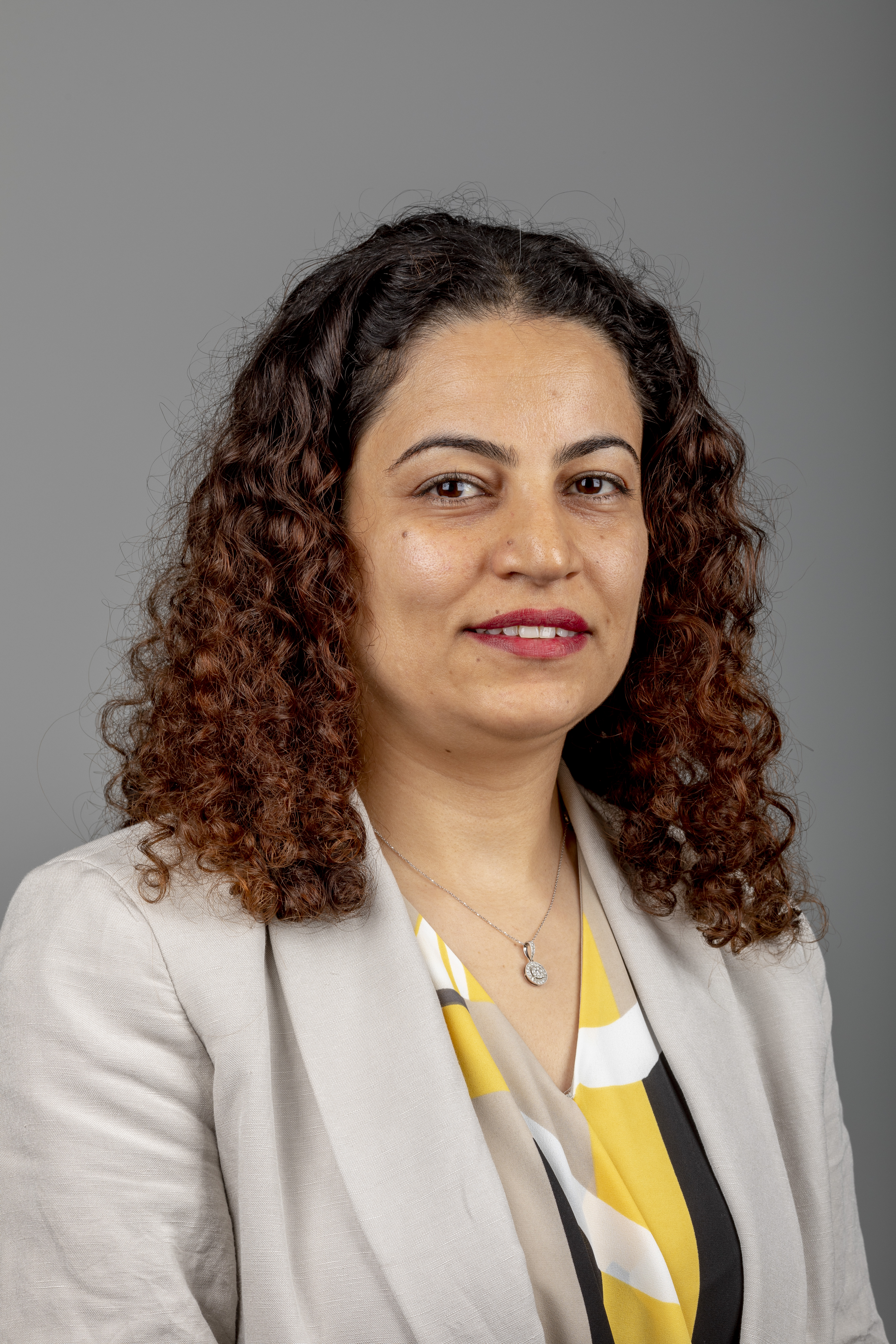Hydrogen Energy has been officially added as one of the eight verticals within MInCE, the clean energy innovation hub at the University of Miami’s College of Engineering. This inclusion reflects the center’s growing focus on hydrogen as a clean, high-density energy carrier with the potential to decarbonize sectors like transportation, manufacturing, and power storage.
Current research includes Dr. Ali Rownaghi’s work on catalytic materials and membranes for hydrogen production and purification, Dr. Fateme Rezaei’s development of nanoporous adsorbents for hydrogen separation and storage, and Dr. Qingda Yang’s DOE-funded collaboration to create advanced ceramic materials capable of withstanding extreme conditions in hydrogen combustion systems. Together, these efforts underscore MInCE’s commitment to advancing hydrogen technologies as part of the broader clean energy transition.
A History of Hydrogen Energy Research at the University of Miami
Dr. Turhan Nejat Veziroglu was a long-time faculty member of the Department of Mechanical and Aerospace Engineering (MAE) at the University of Miami, serving from 1962 to 2009. He made significant contributions to the department as a professor and as Chair (1971–1975), to the College of Engineering as Associate Dean of Graduate Studies (1955–1979), and to the University overall.
Dr. Veziroglu was the founding director of the University of Miami Clean Energy Research Institute (CERI), which he established in 1974 and led until his retirement in 2009. CERI has since evolved into the Miami Institute for Clean Energy (MInCE), one of the College of Engineering’s major research centers.
A globally renowned researcher, Dr. Veziroglu not only pioneered hydrogen energy research but also passionately championed the hydrogen economy since the 1970s. His full legacy can be explored here.







